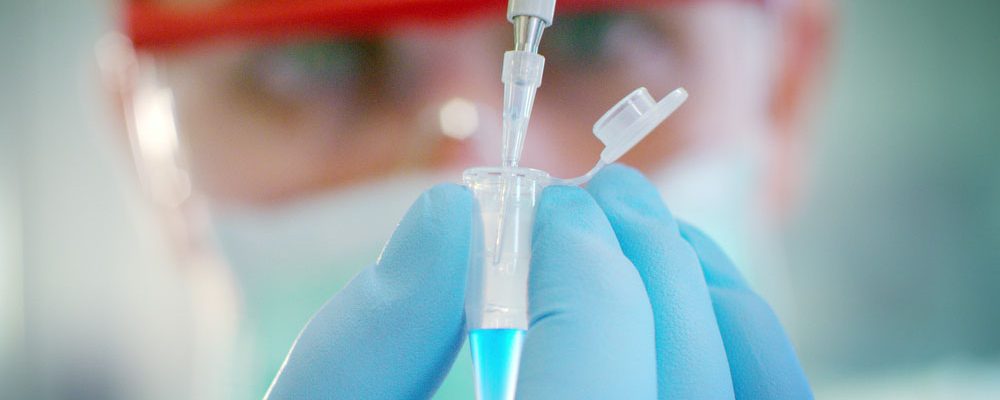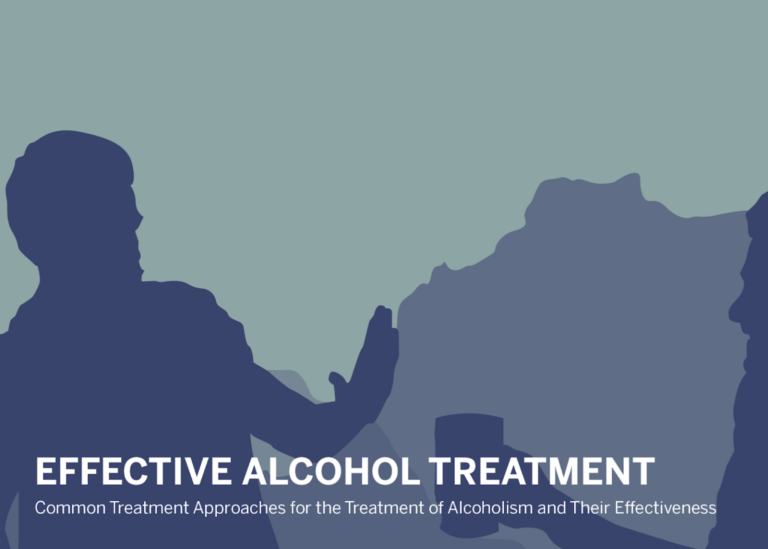Can Blocking A Protein Help Fight Alcohol Addiction
A great deal of media attention has been focused on the escalating opioid epidemic in America. More than 52,000 Americans died of a drug overdose in 2015 and that number is likely to be even higher for 2016, but the statistics also make clear that alcohol kills even more people in the United States. The Surgeon General reported last year that “alcohol misuse contributes to 88,000 deaths in the United States each year; 1 in 10 deaths among working adults is due to alcohol misuse.”
Like the abuse of prescription drugs and heroin, alcoholism appears to be on the rise as well. A recent study published in JAMA Psychiatry suggests that alcohol misuse has increased significantly in the United States. The authors compared data from 2001-2002 and 2012-2013 and documented substantial increases in the prevalence of past 12-month drinking, high-risk drinking, and alcohol use disorder.
According to the Journal of Neuroscience, approximately one half of Americans over 12 years old are current alcohol drinkers, and approximately one quarter are current binge drinkers (defined as five or more drinks in a single session at least once in 30 days). Despite its longtime and widespread consumption, alcohol remains a somewhat mysterious substance, though. Researchers still don’t know how ethanol—a tiny molecule that, unlike other drugs, does not have a specific site of action—can alter brain function to promote compulsive alcohol consumption despite negative consequences.
Just like humans, mice can develop a “problem drinking” pattern when given access to alcohol but the mechanism that drives this shift has been unclear. A team of University of California San Francisco researchers has now identified a protein that links alcohol consumption with structural changes in one of the reward centers in the murine brain.
“We have identified a new protein that plays a crucial role in changing the landscape of neurons in the nucleus accumbens, which then leads to escalation of problem drinking,” said neurology professor Dorit Ron, the UCSF study’s senior author. “These findings open up research into the protein’s role in neural plasticity, and also into how alcohol and other drugs of abuse alter our brains.”
The research casts new light on the molecular domino effect by which alcohol triggers long-lasting changes in brain cells that drive heavy drinking, the scientists said.
Previous work in rodents by Ron’s team suggested that a protein called mTORC1 may be a key mediator of addiction to multiple substances, including cocaine, morphine and alcohol. In earlier studies, her lab has shown that excessive drinking boosts mTORC1 activity in the nucleus accumbens, an important part of the brain’s reward system.
Professor Ron’s lab also found that blocking mTORC1 activity with rapamycin, a common immunity-suppressing drug, caused rodents to significantly cut down their alcohol consumption—without impacting their taste for other rewarding substances, such as sugar water. Unfortunately, rapamycin has significant side effects which makes it unsuitable for treating people with alcohol use disorder.
The normal function of mTORC1 is to promote the synthesis of new proteins, so in the new study, the researchers looked for new proteins that might be linked to mTORC1 activity in the mouse brain in response to alcohol.
Of the 12 proteins they found, one (named prosapip1) changes the structure and activity of neurons in the nucleus accumbens after mice drank alcohol for a long time. When the scientists blocked the production of prosapip1, these alcohol-dependent changes were significantly reduced, and when offered a choice between alcohol and water, mice in which prosapip1 was blocked reduced their preference for alcohol.
The findings could eventually have a significant impact on the treatment of alcohol use disorder and other addictions. Professor Ron hopes future research will allow scientists to develop new, highly targeted approaches to treating the disease of addiction.









